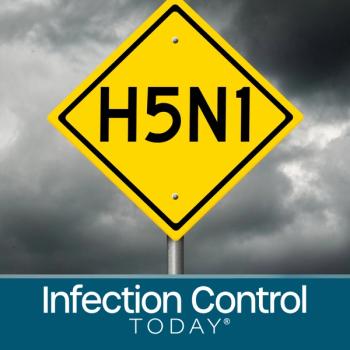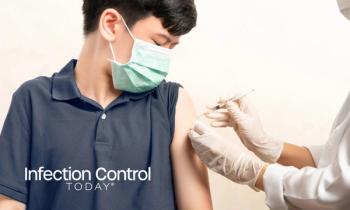
Expect Huge Surge in Demand for Personal Protective Equipment in COVID-19 Hotspots
N95 masks are in high demand but so are surgical masks, isolation gowns, thermometers and disinfecting wipes.
More data to underscore a problem that infection preventionists and other healthcare workers battling the new coronavirus know too well: quickly depleting stores of personal protective equipment (PPE). COVID-19 has driven up demand by 17X the typical burn rate for N95 respirators, 8.6X for face shields, 6X for swabs, 5X for isolation gowns and 3.3X for surgical masks, according to a survey released today by the health care consulting company Premier.
The company surveyed 1591 hospitals from March 16 to March 20, with 42% of respondents saying that they had at least 1 confirmed case of COVID-19.
“Our data shows that many providers believed they were well equipped, only to see their stocks depleted in a matter of days as they started requiring increased use of PPE across a broader population of healthcare workers,” Michael J. Alkire, Premier’s president said in a
The supply of N95 respirators was listed as a top concern, no surprise there. According to the
President Trump recently vowed that infection preventionists and other healthcare providers will get more respirators, and he evoked the Defense Production Act to get General Motors to produce more.
And earlier this week a company called Battelle announced that the US Food and Drug Administration approved its machine that the company says can decontaminate up to 80,000 used
The Premier survey compared the number of respirators the hospitals used before and after a confirmed case of COVID-19. The average respondent had 23 days-worth of N95 respirators on hand. Those with an active COVID-19 patient found themselves with just 3 days-worth of N95s left.
But the supply of N95s wasn’t the only concern and Alkire said that “backorders for surgical masks, isolation gowns, thermometers and disinfecting wipes are surging and quickly surpassing demand for N95s. This is an early warning signal of product shortages that may be on the horizon and need to be planned around.”
Newsletter
Stay prepared and protected with Infection Control Today's newsletter, delivering essential updates, best practices, and expert insights for infection preventionists.






